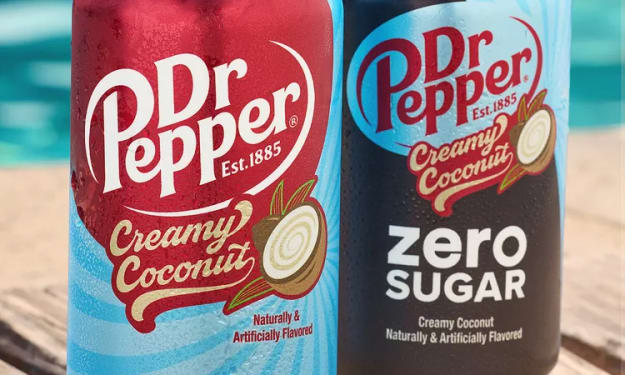Soidum ion battery
The cathode of a sodium-ion battery is typically made of a transition metal oxide

A sodium-ion battery is a type of rechargeable battery that uses sodium ions as the charge carrier instead of lithium ions, which are commonly used in lithium-ion batteries. The basic structure of a sodium-ion battery is similar to that of a lithium-ion battery, consisting of a cathode, an anode, and an electrolyte.
The cathode of a sodium-ion battery is typically made of a transition metal oxide, such as vanadium oxide or manganese oxide, while the anode is typically made of carbon, such as graphite or hard carbon. The electrolyte is a liquid or gel that contains dissolved sodium ions, and is typically made of a mixture of organic solvents and sodium salts.
One of the main advantages of sodium-ion batteries is their low cost, as sodium is much more abundant and cheaper than lithium. Additionally, sodium-ion batteries have a higher energy density than lithium-ion batteries, meaning they can store more energy in a given volume or weight.
Another advantage of sodium-ion batteries is their safety. Unlike lithium-ion batteries, which can catch fire if they are overcharged or damaged, sodium-ion batteries are much less likely to catch fire or explode.
However, sodium-ion batteries also have some drawbacks. For example, their energy density is still lower than that of lithium-ion batteries, which means they may not be able to store as much energy in a given volume or weight. Additionally, the electrolyte in sodium-ion batteries is more prone to leakage than that in lithium-ion batteries, which can lead to reduced performance over time.
Despite these drawbacks, sodium-ion batteries are considered to be a promising technology for a wide range of applications, including electric vehicles, grid storage, and portable electronics. In particular, sodium-ion batteries are well-suited for large-scale energy storage applications, such as storing energy from solar or wind power plants.
In summary, Sodium-ion batteries are a type of rechargeable battery that uses sodium ions as the charge carrier. They have a similar structure as lithium-ion batteries, but they are cheaper and have a higher energy density. They are also safer than lithium-ion batteries. However, they have lower energy density than lithium-ion batteries, and their electrolyte is more prone to leakage which can lead to reduced performance over time. Despite these drawbacks, Sodium-ion batteries are considered to be a promising technology for a wide range of applications, particularly in large-scale energy storage.
A sodium-ion battery is a type of rechargeable battery that uses sodium ions as the charge carriers. These batteries have the potential to be a cheaper and more widely available alternative to lithium-ion batteries, which are currently the most widely used type of rechargeable battery.
The basic design of a sodium-ion battery is similar to that of a lithium-ion battery. Both types of batteries consist of a cathode, an anode, and an electrolyte that separates the two electrodes. In a lithium-ion battery, the anode is typically made of graphite and the cathode is made of a lithium cobalt oxide or lithium manganese oxide. In a sodium-ion battery, the anode is typically made of an electrode material that can reversibly intercalate sodium ions and the cathode is made of a sodium-containing material.
One of the key advantages of sodium-ion batteries is that sodium is a much more abundant and cheaper element than lithium. This means that sodium-ion batteries have the potential to be much cheaper to produce than lithium-ion batteries. Additionally, because sodium is found in seawater, it is a more sustainable and environmentally friendly option than lithium, which is typically obtained through mining.
However, there are also some challenges associated with the development of sodium-ion batteries. One of the main challenges is that lithium-ion batteries have a higher energy density than sodium-ion batteries, which means that they can store more energy in a given volume or weight. This means that sodium-ion batteries will likely be less energy dense than lithium-ion batteries, making them less suitable for certain applications, such as electric vehicles.
Another challenge is that finding suitable electrode materials for a sodium-ion battery is difficult. While lithium-ion batteries have been widely studied and developed, sodium-ion batteries are still in the early stages of development. There are several electrode materials that are being researched for use in sodium-ion batteries, including sodium cobalt oxide, sodium nickel oxide, and sodium vanadium oxide.
Despite these challenges, there is significant interest in the development of sodium-ion batteries, as they have the potential to be a cheaper and more widely available alternative to lithium-ion batteries. Researchers around the world are working on developing new electrode materials, electrolytes, and other components for sodium-ion batteries in order to overcome the challenges and make these batteries a viable option for a wide range of applications.
In conclusion, Sodium-ion batteries are a type of rechargeable batteries which uses sodium ions as charge carriers, to be a cost-effective, and more widely available alternative to lithium-ion batteries. However, the development of this technology is still in its infancy, and researchers are still working on developing new electrode materials, electrolytes, and other components to overcome the challenges of low energy density and suitable electrode materials, but the future looks promising for sodium-ion batteries as a sustainable and more environmentally friendly option.
About the Creator
Gajendira Kumar
I am Not a Legend I am the Lengends Maker by GAJAJI
Content Creator
Future Technology






Comments
There are no comments for this story
Be the first to respond and start the conversation.